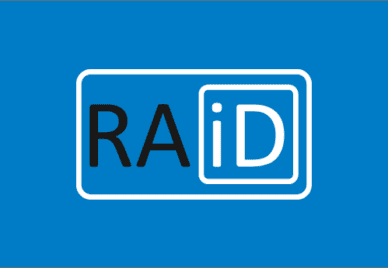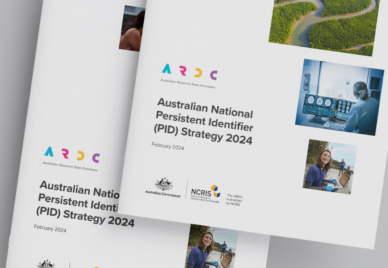
We’re celebrating 10 years of the ARDC Nectar Research Cloud, the world’s first national federated cloud dedicated to research.
The ARDC Nectar Research Cloud provides thousands of Australian researchers each year with fast, self-service access to large-scale computing infrastructure, software and data. Nectar has defined and established research computing standards that enable collaboration on a national and international scale.
Here are 10 important milestones in the history of the ARDC Nectar Research Cloud.
The ARDC Nectar Research Cloud has enabled over 20,000+ researchers to work on 4,600+ ground breaking national research projects since 2012.
The ARDC Nectar Research Cloud is now hosted at 7 nodes: The University of Melbourne, Monash University, The Tasmanian Partnership for Advanced Computing (TPAC), Queensland Cyber Infrastructure Foundation (QCIF), Intersect, Swinburne University and the University of Auckland.
Start your Nectar Free Trial today.
The ARDC is funded through the National Collaborative Research Infrastructure Strategy (NCRIS) to support national digital research infrastructure for Australian researchers.
Author
Categories
Research Topic
Related Program
Related Case Studies






